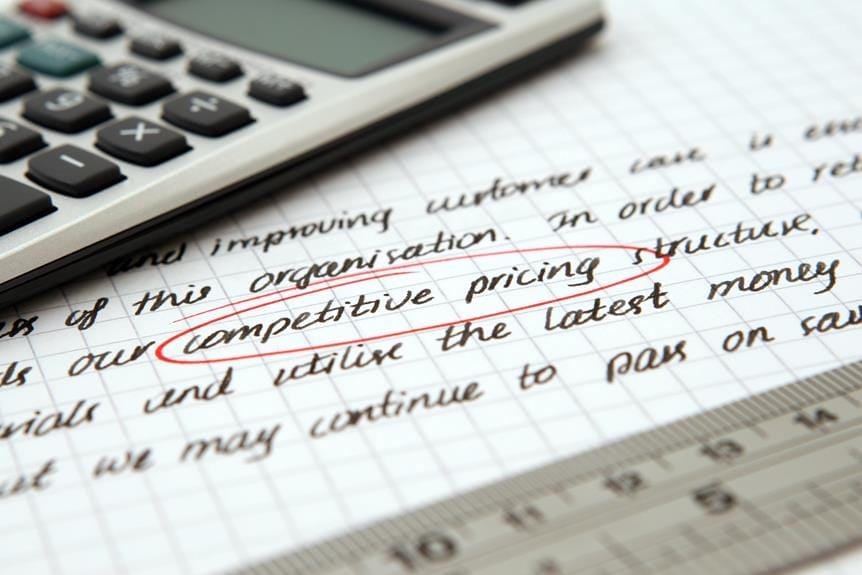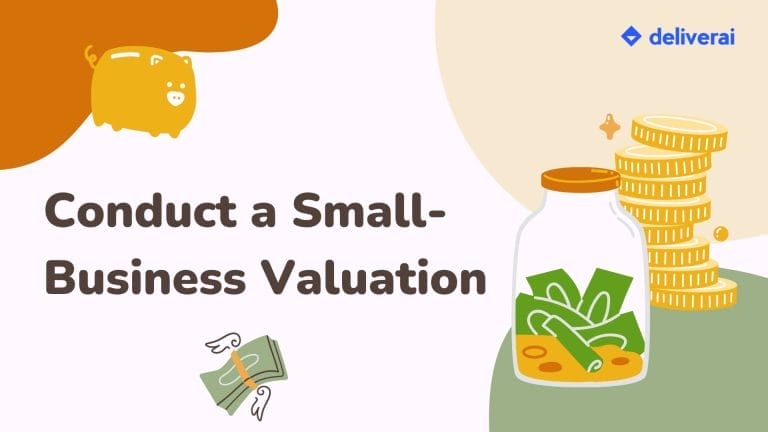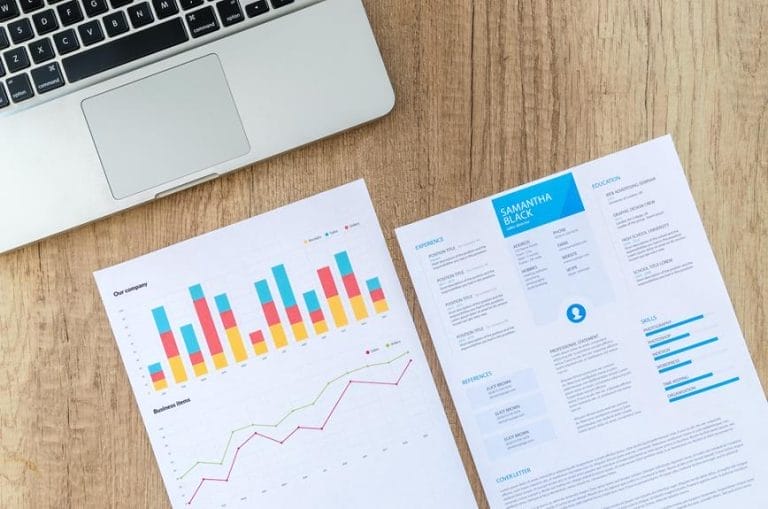In the dynamic and competitive landscape of modern business, finding effective pricing strategies is crucial for success. One such strategy that has garnered considerable attention is the High-Low pricing strategy. This approach involves initially setting a higher price point for a product or service and gradually decreasing it over time. Also known as price skimming or hi-lo pricing, this tactic aims to attract early adopters who are willing to pay a premium, while later appealing to price-sensitive consumers.
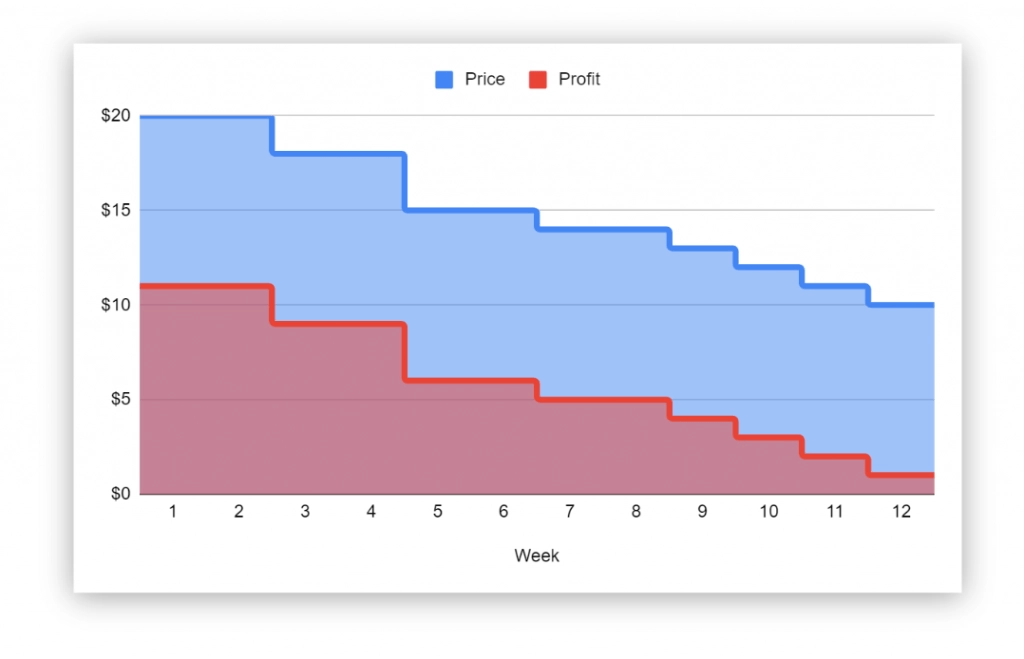
In this article, which is part of our pricing guide, we will delve into the intricacies of the High-Low pricing strategy and explore how it compares to other approaches such as Everyday Low Pricing (EDLP), Loss Leader Pricing, and Market Penetration. By understanding the principles and best practices of the High-Low pricing strategy, businesses can effectively position themselves in the market, drive revenue growth, and cultivate customer loyalty.
Key Takeaways
- High-Low pricing strategy involves initially selling a product or service at a certain price point, which gradually decreases as demand decreases.
- Everyday Low Pricing (EDLP) focuses on keeping all prices particularly low and is suitable for businesses projecting themselves as discount brands.
- Loss Leader pricing involves drastically reducing the cost of certain products to generate consumer interest, while High-Low pricing relies on a gradual decline in prices.
- Market Penetration involves lowering prices to undercut competitors and increase market share across a product suite, whereas High-Low pricing focuses on individual product sales.
Benefits of High-Low Pricing
One of the key advantages of implementing the high-low pricing strategy is that it allows retailers to effectively cater to varying levels of customer demand. This pricing strategy involves initially setting a higher price for a product or service and gradually reducing it as demand decreases.
By doing so, retailers can capture the attention of price-sensitive customers during promotional periods while still generating higher profits from customers who are willing to pay a premium. The pros of high-low pricing include the ability to create a sense of urgency, increased sales during promotional periods, and the potential for higher profit margins.
However, there are also some cons, such as the potential for customer dissatisfaction if they purchase a product at a higher price only to see it discounted later. Overall, high-low pricing can be an effective pricing strategy for maximizing profits, but it requires careful planning and monitoring to ensure customer satisfaction and profitability.
Key Differences: High-Low Vs. Everyday Low Pricing
The key differences between the high-low pricing strategy and everyday low pricing can be understood by examining their approaches to pricing and brand identity. High-low pricing involves initially setting a higher price for a product or service and gradually reducing it as demand decreases. This strategy creates a sense of exclusivity and encourages consumers to make purchases when prices are high. On the other hand, everyday low pricing focuses on keeping prices consistently low, reflecting the brand’s identity as a discount provider. This strategy appeals to price-conscious consumers who prefer predictable and affordable prices.
To further understand the differences, let’s compare the pros and cons of high-low pricing and everyday low pricing:
| High-Low Pricing | Everyday Low Pricing | |
|---|---|---|
| Pros | Creates a sense of exclusivity | Appeals to price-conscious consumers |
| Encourages impulse purchases | Builds trust and loyalty | |
| Cons | May alienate price-sensitive consumers | May lead to lower profit margins |
| Can be seen as deceptive if not executed properly | May be difficult to compete with low-cost competitors |
Consumer behavior also plays a significant role in determining which pricing strategy is more effective. Some consumers are motivated by the perception of getting a good deal and are more likely to be drawn to high-low pricing. Others prefer the consistency and transparency of everyday low pricing. Understanding the target market and their preferences is crucial in selecting the appropriate pricing strategy.
Understanding Loss Leader Pricing
Loss Leader pricing is a strategic approach that involves significant price reductions on certain products to generate consumer interest and drive sales. It is a form of high-low pricing technique that aims to capture the attention of customers and entice them to make a purchase.
The key advantage of using loss leader pricing is that it can attract new customers who may not have otherwise considered buying the product. By offering a heavily discounted item, businesses can create a sense of urgency and encourage impulse buying.

Additionally, loss leader pricing can also help increase brand awareness and loyalty, as customers may be more inclined to explore other products offered by the company.
However, it is important for businesses to carefully consider the potential risks and implications of using loss leader pricing, such as potential profit loss and customer expectations for future pricing.
High-Low Pricing Vs. Market Penetration
When comparing high-low pricing strategy to market penetration, businesses aim to gain a larger market share by collectively lowering prices across a product suite. Market penetration strategies involve reducing prices to undercut competitors and attract more customers. This approach focuses on gaining a larger share of the market by offering products at lower prices.
In contrast, high-low pricing is less extensive and specific to individual products. Market penetration case studies have shown that businesses can successfully increase their market share by strategically lowering prices. By offering competitive prices, businesses can attract new customers and encourage existing customers to make repeat purchases.
However, it is important for businesses to carefully analyze their pricing strategies and consider the potential impact on profitability and the overall brand image.
Implementing a High-Low Pricing Strategy
To successfully implement a high-low pricing strategy, businesses must carefully analyze their pricing strategies and consider the potential impact on profitability and the overall brand image. Pricing strategy implementation requires a comprehensive understanding of market dynamics, customer behavior, and competitive landscape.
It is crucial to identify the products or services that are suitable for high-low pricing and determine the optimal price points for each stage of the pricing cycle. Additionally, businesses should establish effective promotional strategies to create consumer excitement during high-price periods and stimulate demand during low-price periods.
Monitoring and evaluating the effectiveness of the pricing strategy is essential to make necessary adjustments and ensure its long-term success. By implementing a well-executed high-low pricing strategy, businesses can maximize revenue, attract and retain customers, and enhance their brand reputation in the market.
Case Studies: Successful High-Low Pricing Examples
Successful implementation of a high-low pricing strategy can be seen in various industries through compelling case studies.
One industry that has effectively utilized this strategy is the luxury goods industry. Luxury brands such as Gucci and Louis Vuitton have used high-low pricing to create a sense of exclusivity and increase customer loyalty.
By periodically offering limited-time discounts or sales events, these brands are able to attract customers who are looking for a deal while still maintaining the perception of luxury and prestige. This strategy not only drives sales during promotional periods but also encourages repeat purchases and fosters a sense of loyalty among customers.
The impact of high-low pricing on customer loyalty in the luxury goods industry is evident, making it a successful case study for other industries to consider.
Adidas
Adidas very frequently offers prices as low as 50% off on their website to their “loyal” customers who have signed up for their Adiclub membership. So much so, when you merge regular price cuts with these special event discounts they do, sometimes the prices are cut as low as 70% off for their flagships like Ultraboost, prices going from $400 to $90 at times.

Macy’s
Macy’s, a prominent department store chain in the United States, is known for its high-low pricing strategy, particularly in fashion and home goods. They introduce new products at higher prices, capitalizing on early adopters who are willing to pay a premium for the latest styles. As the season changes or during major sale events like Black Friday, Macy’s offers significant discounts on these items. This strategy creates a sense of urgency among consumers, who are encouraged to purchase during these sales to get the best deals.
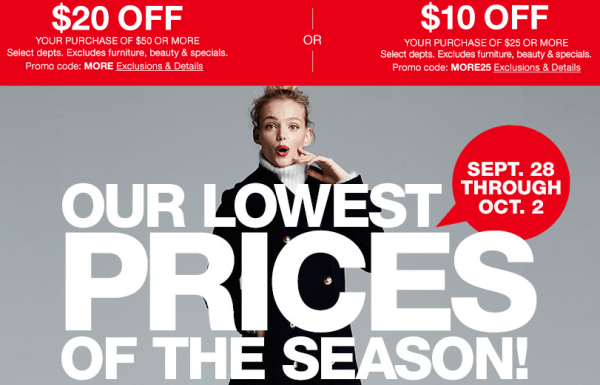
Ford Motor Company
In the competitive automobile industry, Ford employs a high-low pricing strategy for its new car models. When a new model is launched, it’s often priced higher, targeting early adopters and brand loyalists. As the year progresses, Ford introduces various incentives, such as cash-back offers or special financing rates, to appeal to a broader market and clear out inventory for upcoming models. Older model cars become cheaper and newer models replace them, it’s standard across the automotive industry and happen with all companies.
Potential Challenges of High-Low Pricing
One challenge of implementing a high-low pricing strategy is maintaining consistent profit margins. This challenge arises due to the fluctuating prices of products or services in response to demand.
Conducting thorough competition analysis is crucial to ensuring that the price reductions are strategic and do not result in reduced profitability.
Additionally, understanding pricing psychology is essential to effectively implementing a high-low pricing strategy. Customers may become accustomed to purchasing products or services at discounted prices, leading to a decrease in demand when prices return to normal.
To address this, businesses must carefully manage customer expectations and communicate the value proposition of their offerings.
Tips for Mastering the High-Low Pricing Strategy
An essential tip for successfully mastering the high-low pricing strategy is to carefully analyze market trends and customer demand. By understanding the market dynamics and customer preferences, businesses can identify the right products to apply the high-low pricing strategy.
This analysis should include studying the competition, evaluating pricing patterns, and conducting market research to determine the optimal price points.
Additionally, effective pricing strategies require a clear understanding of the target audience and their willingness to pay. By segmenting customers based on their purchasing behavior and price sensitivity, businesses can tailor their high-low pricing approach to maximize profitability.
Furthermore, it is crucial to have a well-defined pricing strategy implementation plan that includes regular monitoring and adjustment based on market conditions and customer feedback.
Conclusion
In conclusion, the High-Low pricing strategy offers businesses a powerful tool to drive sales and maximize profitability. By initially setting a higher price point and gradually decreasing it, companies can capture the attention of early adopters and price-sensitive consumers alike.
However, implementing this strategy requires careful consideration of potential challenges, such as maintaining customer trust and managing inventory effectively.
One example of a successful High-Low pricing strategy is seen in the fashion industry, where luxury brands often introduce their products at high prices and gradually lower them to appeal to a wider audience.

